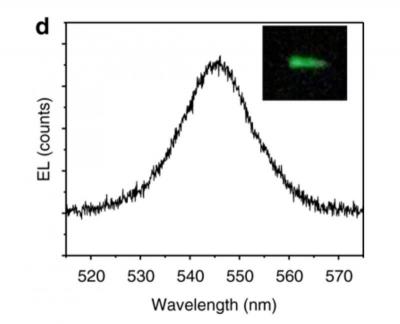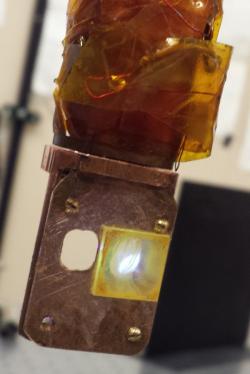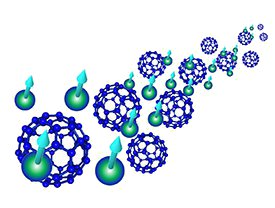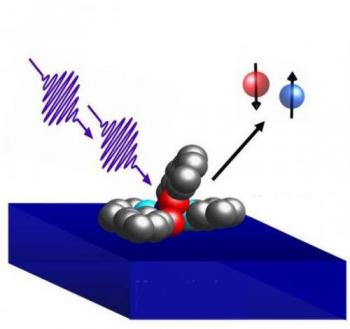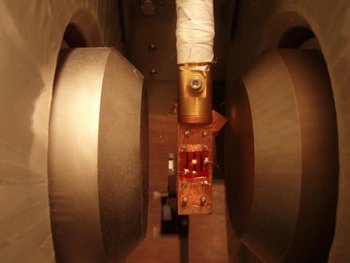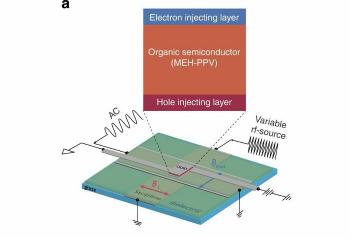Researchers developed a solid-state spin filtering device based on artificial molecular motors
Researchers RIKEN in collaboration with several other Universities, developed an organic solid-state spin filtering device. The device is based on a thin layer of artificial molecular motors.
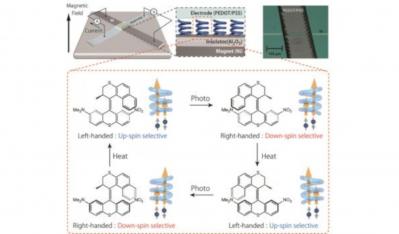
The researcher explain that the artificial molecular motors demonstrate four times chirality inversion by light irradiation and thermal treatments during the 360-degree molecular rotation. This means that the spin-polarization direction of electrons that pass through the molecular motors are switched by light irradiation or thermal treatments.
